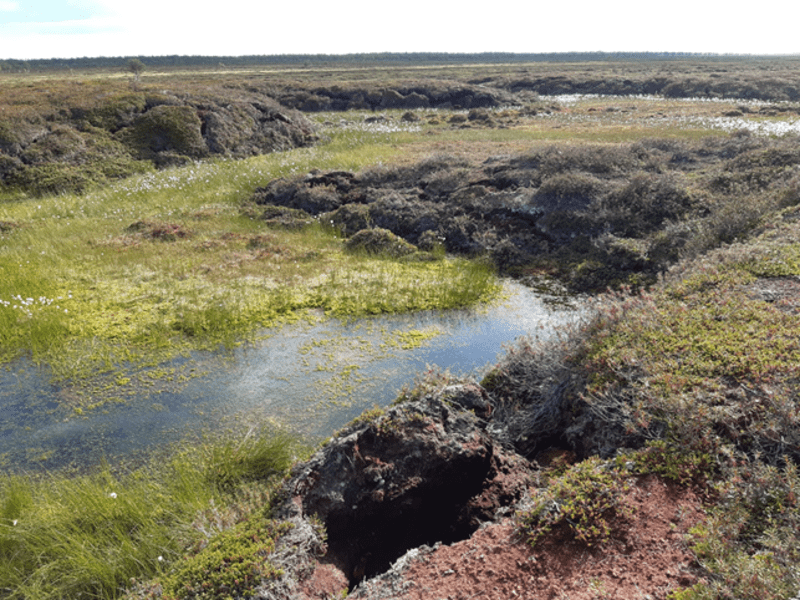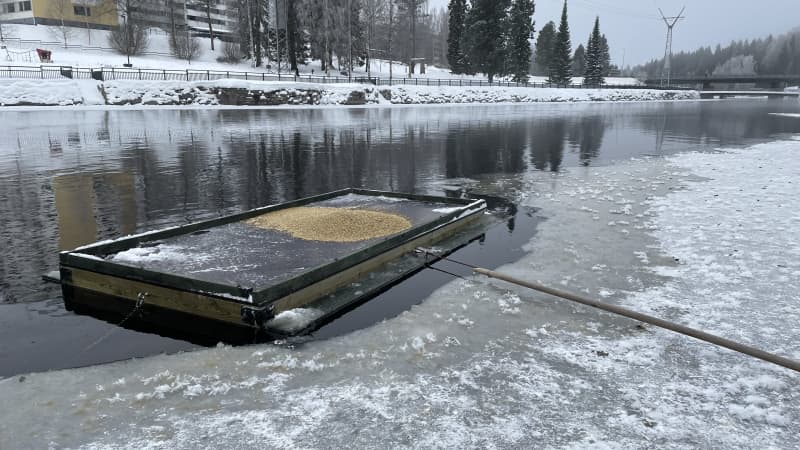A hot-water drill melted a 600-meter-deep hole in the glacier for a robotic camera – a phenomenon that is happening all over Antarctica was revealed
The shape of the sea floor is causing the Thwaites Glacier to break up faster than scientists had previously thought.
The Thwaites Glacier, located in Antarctica, has been called the \”Doomsday Glacier\” in scientific circles because it has been known to be one of the most unstable glaciers and therefore prone to melting. According to new research results, it is even more unstable than previously believed.
The British-American team of researchers has published their recent findings on the condition of the Thwaites Glacier in an article in the journal Nature.
The Thwaites glacier is 192,000 square kilometers in extent, i.e. roughly the same size as Finland without Lapland.
Changes in the extent of glaciers have been monitored since the early 1990s. The sea floor line of the Thwaites Glacier is known to have receded approximately 14 kilometers during this time. The seabed line refers to the edge where the glacier is still attached to the seabed. Outside, the glacier is on the surface of the water, forming a huge ice shelf.
…







